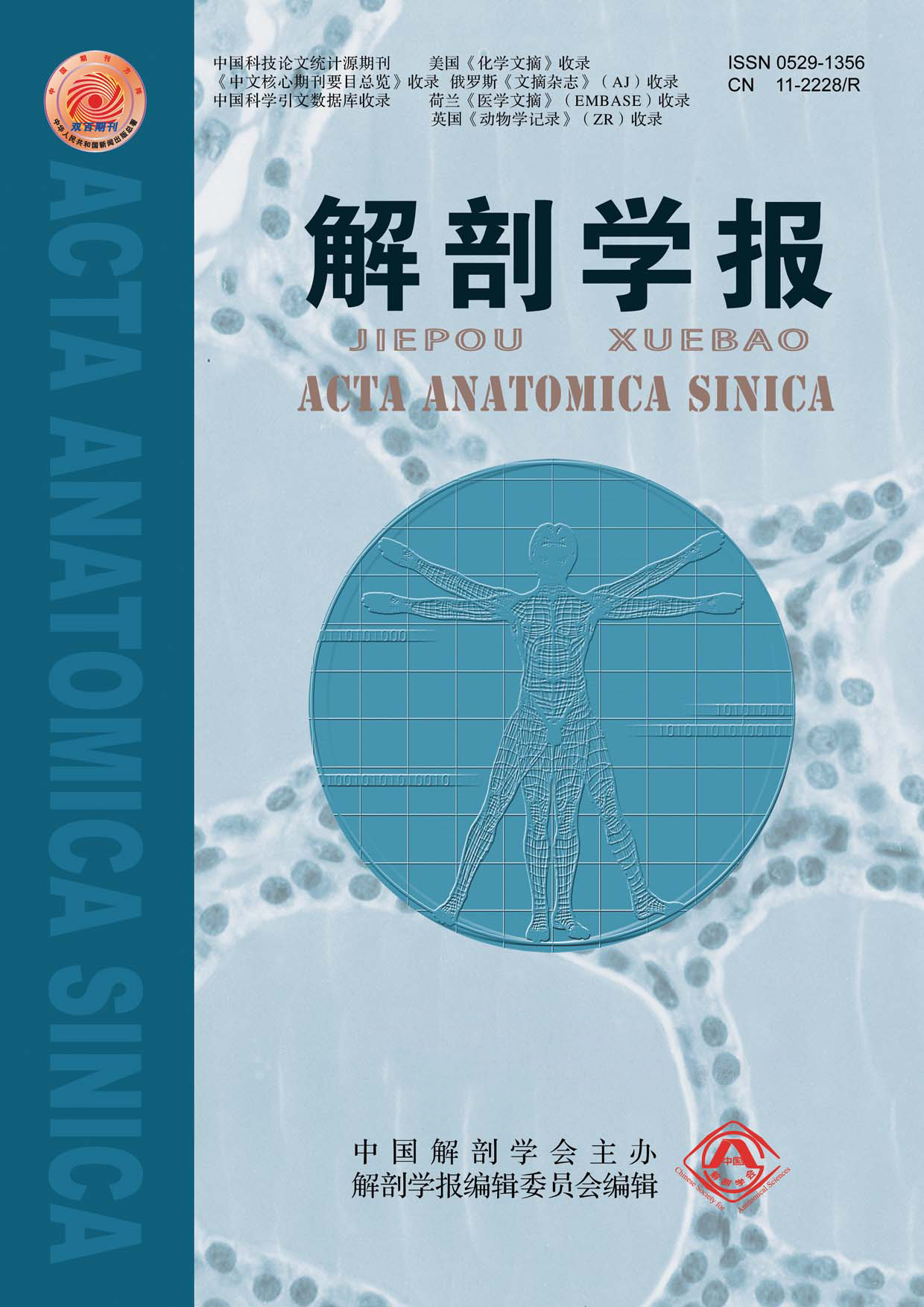Objective To compare the effects of venous superdrainage and artery supercharging to perforator flap hemodynamics, therefore, reducing the rate of flap necrosis, improving their survival area, and providing some basis for flap survival. Methods Sixty Sprague-Dawley rats, weighing (500±50)g, were divided into three groups: experimental group A (Exp A), experimental group B (Exp B), and control group (control)), 20 rats each group. In the experimental group A, the posterior intercostal artery was ligated while the accompanying vein was reserved. In the experimental group B, the posterior intercostal vein was ligated while accompanying artery was reserved. In the control group, the posterior intercostal artery and vein were ligated. Laser Doppler imaging was used to evaluate flap perfusion in the two “choke area”, 6 h, 1day, 2days, 3days and 7days after surgery. On postoperative day (POD) 7, survival areas of flaps were calculated and lead oxide-gelatine was used for vascular angiography. Results In Exp A, all flaps survived (98.2±1.6)%; in Exp B, flap survival area was (74.78±5.91)%; in Control, survival area was (60.3±7.8%)(P<0.001). From 6 hours to 7days postoperatively, blood flow or oxygen partial pressure of flaps in Exp A was significantly higher than Exp B and Control(P<0.05). On angiography, anastomosisof the choke vessels in Exp A was richer than in Exp. B and Control. In Control, flap necrosis due to poor blood circulation, vascular anastomosis and distal venosome were not seen. Conclusion The effect of venous superdrainage was more apparent than arterial supercharging, and may effectively alter hemodynamics of microcirculation, and improve survival area of skin flap.


